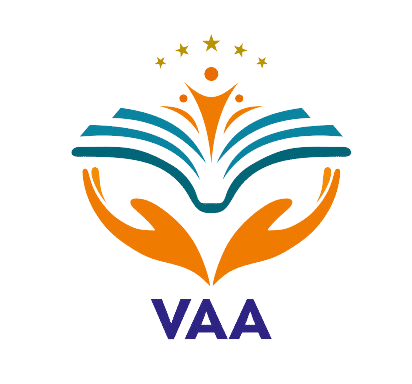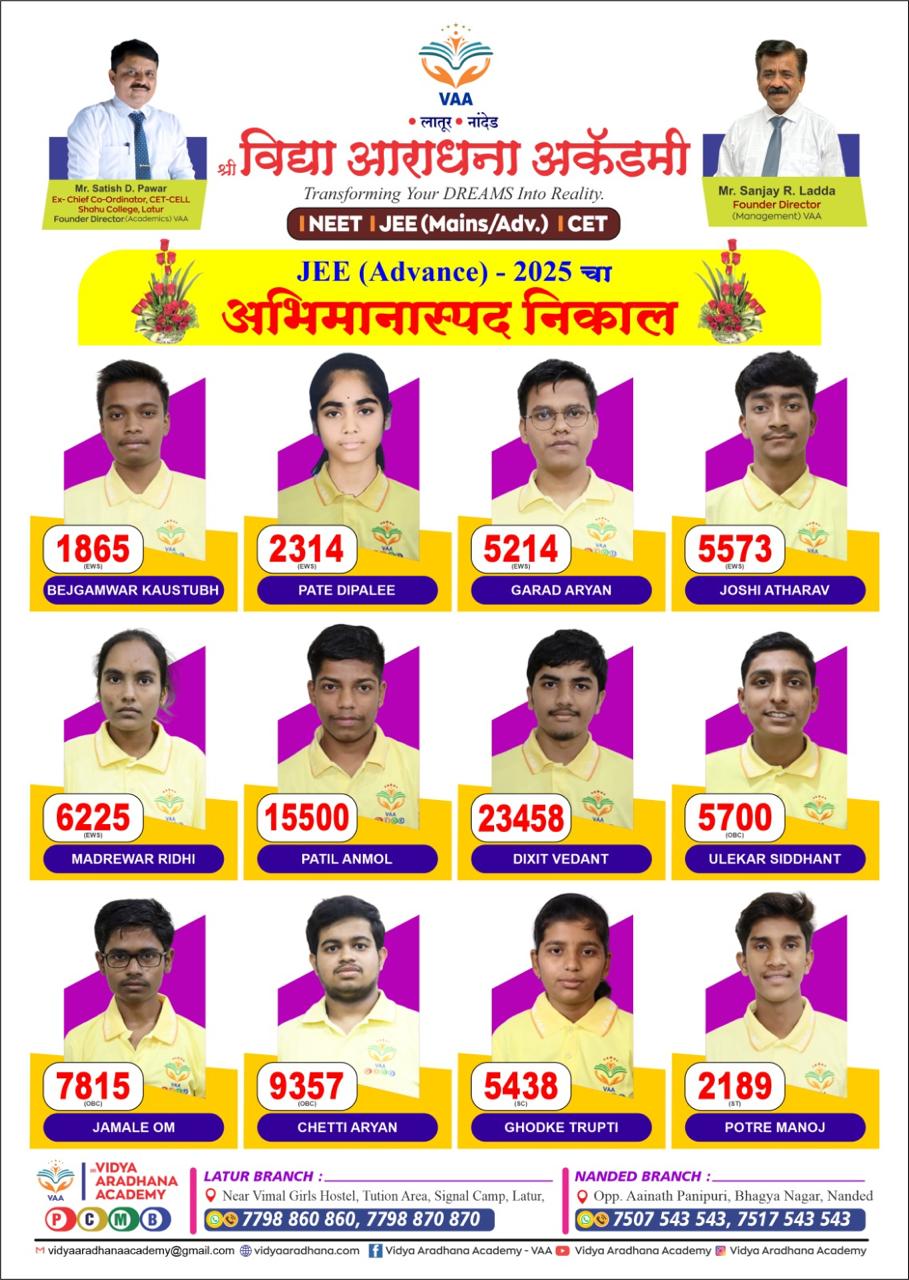Have you ever dreamt of soaring through the clouds, piloting a mighty aircraft, and exploring new destinations? If so, then a career as a pilot in India might be the perfect fit for you!
There are two types of pilot licenses:
- Private Pilot License (PPL):
- Purpose: PPL is primarily for recreational flying and personal use.
- Privileges:
- Can fly for personal enjoyment. Limited within regions.
- Cannot receive payment for flying.
- Limited to non-commercial flights, only carry specific individuals.
- Requirements: Accumulate flying hours and pass a flight test.
- Commercial Pilot License (CPL):
- Purpose: CPL is for professional pilots aiming to fly commercially.
- Privileges:
- Can fly for airlines, cargo carriers, or charter services.
- Eligible for payment as a pilot.
- Opening doors to professional opportunities.
This blog will guide you through the exciting journey of becoming a commercial pilot (CPL), from fulfilling the basic requirements to acquiring your wings.
1. Setting the Foundation
Before taking flight, you’ll need to establish a strong foundation. Here’s what you’ll need:
- 12th Standard Education: Pass your 12th standard exams with Physics and Mathematics as mandatory subjects (no minimum marks required). These subjects provide the scientific knowledge crucial for understanding aircraft systems and flight principles.
- Haven’t taken Physics or Math? No worries! Pursue your pilot dreams through the National Institute of Open Schooling (NIOS) to complete the required subjects.
- English Proficiency: Be proficient in reading, writing, and understanding English, as it’s the primary language used in aviation communication.
- Medical Fitness: Undergo two medical tests by DGCA-approved doctors:
- Class 2 Medical Test: Similar to a regular check-up, assessing your overall health and fitness.
- Class 1 Medical Test: A more comprehensive evaluation, ensuring you meet stricter vision, hearing, and physical standards for pilots.
2. Ground Training (Theoretical Knowledge Test)
- DGCA Exams: To demonstrate your understanding of aviation concepts, you’ll need to clear five examsconducted by the Directorate General of Civil Aviation (DGCA). These exams cover various topics like:
- Air Navigation: Learning to determine your aircraft’s position and maintain its desired direction.
- Air Regulations: Understanding the rules governing aircraft operations, similar to traffic rules for driving.
- Technical General: Getting familiar with flight controls, aircraft stability, and various systems like fuel, electrical, landing gear, and more.
- Technical Specific: Deep diving into technical aspects of flight, engines, aircraft systems, aerodynamics, and instruments.
- Meteorology: Gaining knowledge about weather patterns and their impact on flying conditions
- DGCA Exam Pattern: DGCA exams are taken every 3 months and 4 times in a year. Passing percentage for this exam is 70%. It is a computer-based exam with multiple choice questions with no negative marking. Each question has three options.
- RTR (A) Exam: Additionally, you’ll need to clear the Radio Telephony Restricted to Aero mobile (RTR-A) examination conducted by the Wireless Planning and Coordination (WPC) wing. This exam assesses your ability to communicate effectively using aviation radio procedures.
- RTR (A) Exam Pattern:
- The RTR (A) exam has two-part, 200-mark assessment.
- Part 1 (25 minutes, 100 marks) Written Exam
- Part 2 (viva, 100 marks) is conducted by aviation officials.
3. Flight Training
This is where the excitement truly begins! Enroll in a DGCA-approved flying school and embark on your practical flying journey. As a CPL aspirant, you’ll need to log a minimum of 200 flying hours, encompassing:
- Single-engine Aircraft Training: Mastering the fundamentals of piloting through extensive training in single-engine aircraft.
- Multi-engine Aircraft Training: Gaining experience in flying larger and more complex multi-engine aircraft.
- Flight Simulator Training: Utilizing realistic flight simulators to practice various scenarios and procedures in a safe and controlled environment.
- Complex Manoeuvres and Procedures: Learning advanced flying techniques and procedures required for commercial operations.
4. Earning Your Wings: The CPL Exam
After completing your flight training, you’ll undertake the final hurdle: the CPL exam conducted by the DGCA. This exam consists of two parts:
- Written Test: Assessing your theoretical knowledge acquired through ground training.
- Practical Flight Test: Demonstrating your flying skills and ability to handle an aircraft safely under the watchful eye of an examiner.
- CPL License: Upon successfully clearing the exam, you’ll be awarded the coveted CPL, which is your official license to fly commercial airplanes!
With passion, determination, and the right guidance, you can turn your dream of becoming a pilot in India into a reality. So, take flight and embark on this incredible journey into the world of aviation!
How to Prepare for CPL Ground Training and Flight Training
Earning a Commercial Pilot License (CPL) is your ticket to soar as a professional pilot! But before you take off, you have to go through ground training and flight training.
Entrance Exams for Pilot Training
Many flying schools base admission on academic credentials, while others consider the results of entrance exams. Here’s a breakdown of some well-regarded entrance exams:
- Aircraft Maintenance Engineering Common Entrance Test (AME CET): This national-level exam acts as a gateway to various aviation programs, including AME, Aeronautical Engineering, and Aerospace Engineering. Though not directly for CPL training, a strong showing on the AME CET can demonstrate your scientific aptitude and potentially qualify you for scholarships in aviation fields.
- Indira Gandhi Rashtriya Uran Academy (IGRUA) Entrance Test: This prestigious national-level exam grants admission to the CPL program at IGRUA, a highly respected aviation institute in India.
- Air Force Common Admission Test (AFCAT): While primarily for aspiring Air Force officers, AFCAT scores can also be used for entry into some civilian flying schools’ pilot training programs.
1. How to prepare for Ground Exams?
Preparing for DGCA Exams and RTR-A:
While self-study for the DGCA (Directorate General of Civil Aviation) exams and the RTR-A (Radio Telephony Restricted to Aero mobile) exam is possible, enrolling in a DGCA-approved training school is highly recommended. These schools, also called Ground Schools, offer several benefits:
- Expert Guidance: Instructors can explain complex topics clearly and answer your questions.
- Structured Learning: A planned curriculum ensures you cover all the necessary material efficiently.
- Practice Tests: Schools often provide practice tests to assess your understanding and exam readiness.
Exam Frequency: The DGCA exams are typically held four times a year, giving you flexibility in scheduling.
Combined Training Programs: Many DGCA-approved training colleges offer combined programs that include both ground training and flight training. This can be a time-saving option if you plan to pursue both aspects together.
2. How to do Flight Training?
Now for the fun part – actually flying! You need to enrol in DGCA approved training school. The flight training program is of 12-18 months duration.
- Flight School: Choose a DGCA-approved school with a good reputation for safety and training.
- Flight Hours: You’ll need to log at least 200 hours of flying experience, including:
- Single-engine: Learn the basics of flying.
- Multi-engine: Fly bigger and more complex planes (eventually!).
- Flight Simulator: Practice flying in a safe, virtual environment.
- Advanced Manoeuvres: Learn fancy flying skills needed for commercial flying
Additional Tips:
- Maintain Physical Fitness: Regularly exercise and maintain good health to meet the physical demands of pilot training.
- Develop Strong Communication Skills: Effective communication is crucial for collaboration and safety in aviation.
- Seek Guidance: Don’t hesitate to seek help from instructors, mentors, or fellow students when needed.
Top 10 Pilot Training Colleges in India 2024
Choosing the right training college is crucial for laying a strong foundation for a successful aviation career. Here’s a roundup of the top 10 pilot training colleges in India, perfect for aspiring pilots fresh out of 12th grade:
- Indira Gandhi Rashtriya Uran Akademi (IGRUA):
- Location: Amethi, Uttar Pradesh
- Overview: A government-run academy renowned for its rigorous curriculum and modern facilities.
- CPL Course Fees: Approximately ₹38 lakh.
- Official Website: IGRUA
- National Flying Training Institute (NFTI):
- Location: Ghaziabad, Uttar Pradesh
- Overview: Another esteemed government institution offering comprehensive pilot training programs.
- CPL Course Fees: Not publicly available, but likely similar to IGRUA’s fees.
- Official Website: NFTI
- Bombay Flying Club (BFC):
- Location: Mumbai, Maharashtra
- Overview: One of India’s oldest flying schools with a rich heritage and excellent reputation.
- CPL Course Fees: Approximately ₹34.56 lakh.
- Official Website: BFC
- Madhya Pradesh Flying Club (MPFC):
- Location: Bhopal, Madhya Pradesh
- Overview: A private club providing quality pilot training at an affordable cost.
- CPL Course Fees: Approximately ₹35.45 lakh.
- Official Website: MPFC
- Ahmedabad Aviation & Aeronautics Ltd. (AAAL):
- Location: Ahmedabad, Gujarat
- Overview: A private institution focusing on modern aviation practices and high-quality training.
- CPL Course Fees: Approximately ₹24.4 lakh.
- Official Website: AAAL
- Rajiv Gandhi Aviation Academy (RGAA):
- Location: Hyderabad, Telangana
- Overview: Offers comprehensive CPL training programs emphasizing theoretical knowledge and practical experience.
- CPL Course Fees: Approximately ₹20 lakh.
- Official Website: RGAA
- Flytech Aviation Academy:
- Locations: Multiple cities across India
- Overview: Known for personalized learning and diverse pilot training programs.
- CPL Course Fees: Contact them directly for information.
- Official Website: Flytech Aviation Academy
- Chimes Aviation Academy (CAA):
- Location: Pune, Maharashtra
- Overview: Emphasizes safety and professionalism in CPL training with modern aircraft.
- CPL Course Fees: Approximately ₹37.75 lakh.
- Official Website: CAA
- Orient Flight School (OFS):
- Location: Mysore, Karnataka.
- Overview: Offers CPL training with valuable ground support and placement assistance.
- CPL Course Fees: Approximately ₹35 lakh.
- Official Website: OFS
- Academy of Carver Aviation Pvt. Ltd. (ACAPL):
- Location: Pune, Maharashtra
- Overview: Focuses on building strong theoretical and practical foundations for aspiring pilots.
- CPL Course Fees: Approximately ₹43 lakh.
- Official Website: ACAPL
Note:
- CPL course fees can vary depending on factors like program duration, flight hours included, and aircraft types used.
- Contacting the schools directly is recommended to get the most up-to-date information on course fees and application procedures.
- Research each institution carefully and choose the one that best fits your aspirations and goals.
Differences Between PPL and CPL
The world of aviation offers exciting opportunities, and obtaining a pilot’s license is the first step towards a soaring career. But with two main license options, Private Pilot License (PPL) and Commercial Pilot License (CPL), aspiring pilots might wonder: which path is right for them? Let’s explore the key differences in eligibility, exams, and career opportunities to help you make an informed decision.
Eligibility:
- CPL: Requires passing your 12th standard exams with Physics and Mathematics, and being at least 17 years old.
- PPL: A 10th standard pass and being at least 16 years old are sufficient for a PPL.
DGCA Exams:
Both licenses require passing DGCA exams conducted online at designated centres. These exams are multiple-choice with no negative marking and require a 70% passing score. However, the number and type of exams differ:
- CPL: Five exams covering:
- Air Regulations
- Aviation Meteorology
- Air Navigation
- Technical General
- Technical Specific
- PPL: Three exams covering:
- Composite (encompassing multiple subjects)
- Technical General
- Technical Specific
Career Opportunities:
- CPL: This license allows you to fly commercially for airlines, cargo companies, or other aviation businesses, opening doors to a rewarding career as a professional pilot.
- PPL: With a PPL, you can fly non-commercially for personal use or recreation. You can enjoy the freedom of piloting your own aircraft for leisure trips or exploring new destinations.
In essence:
- CPL: If you dream of a career as a professional pilot, the CPL is the path to take. It requires more extensive training, exams, and flying hours, but unlocks a wider range of career opportunities.
- PPL: If you’re passionate about flying for personal enjoyment and want to experience the thrill of piloting, the PPL offers a quicker and more accessible route.

